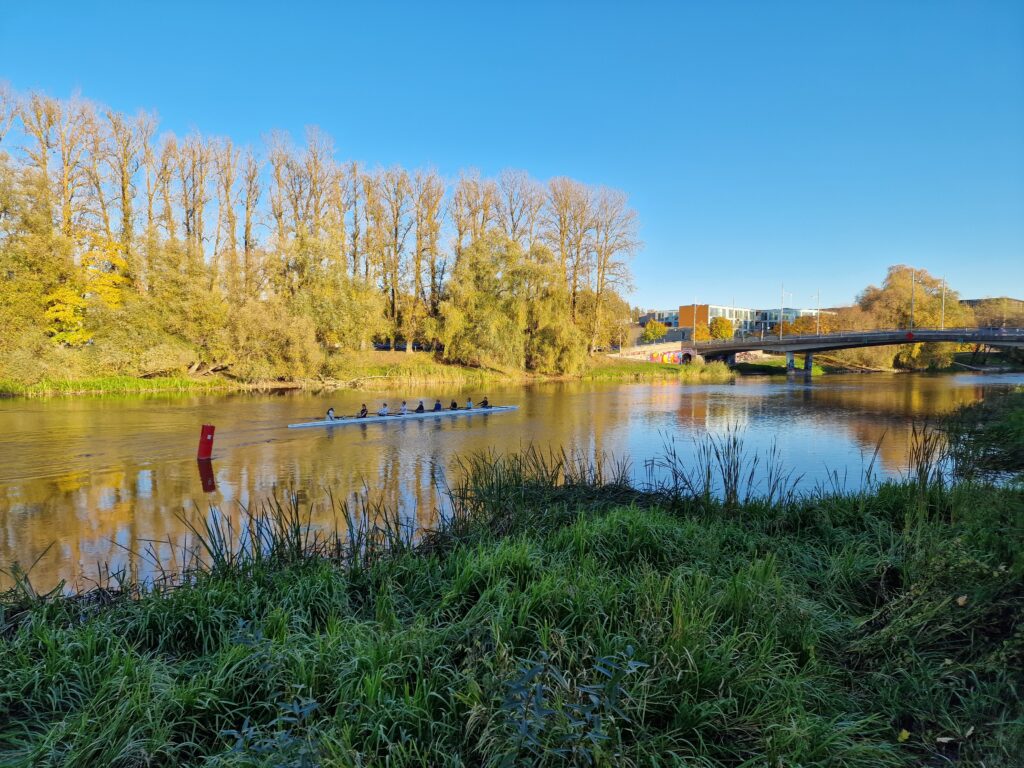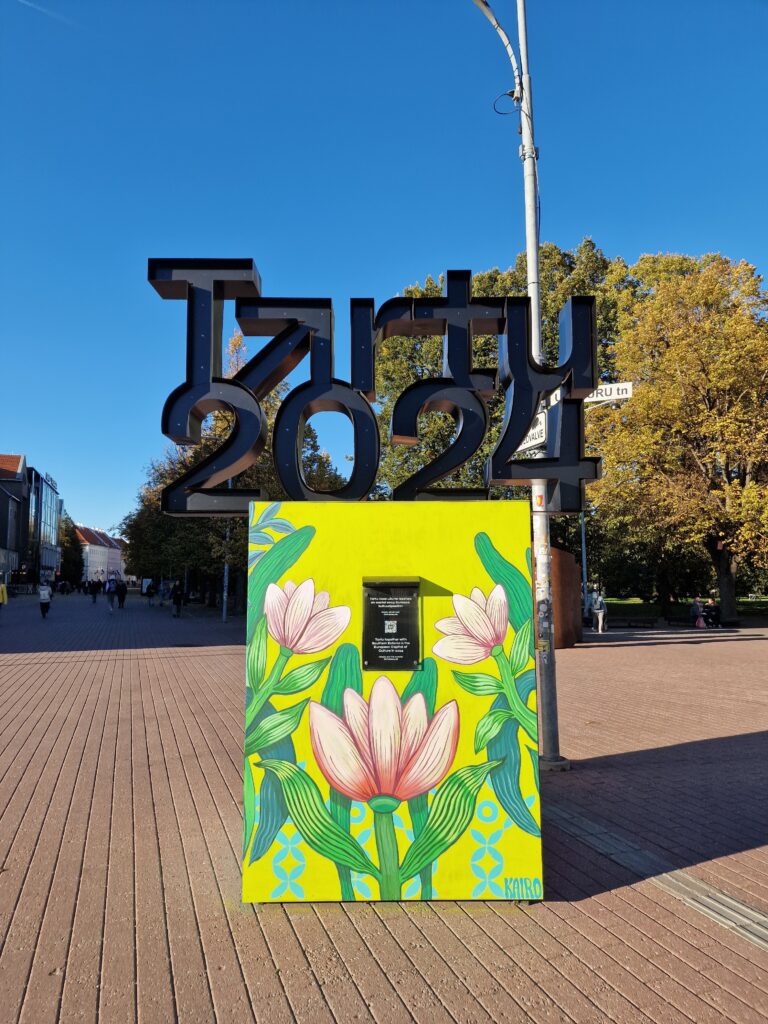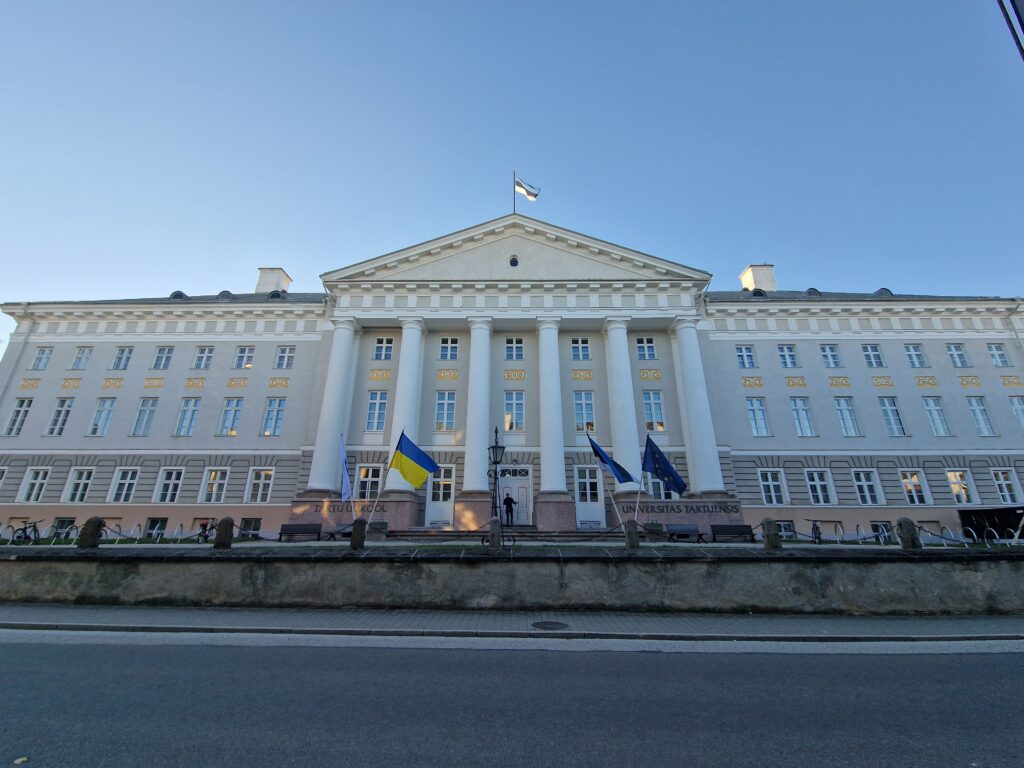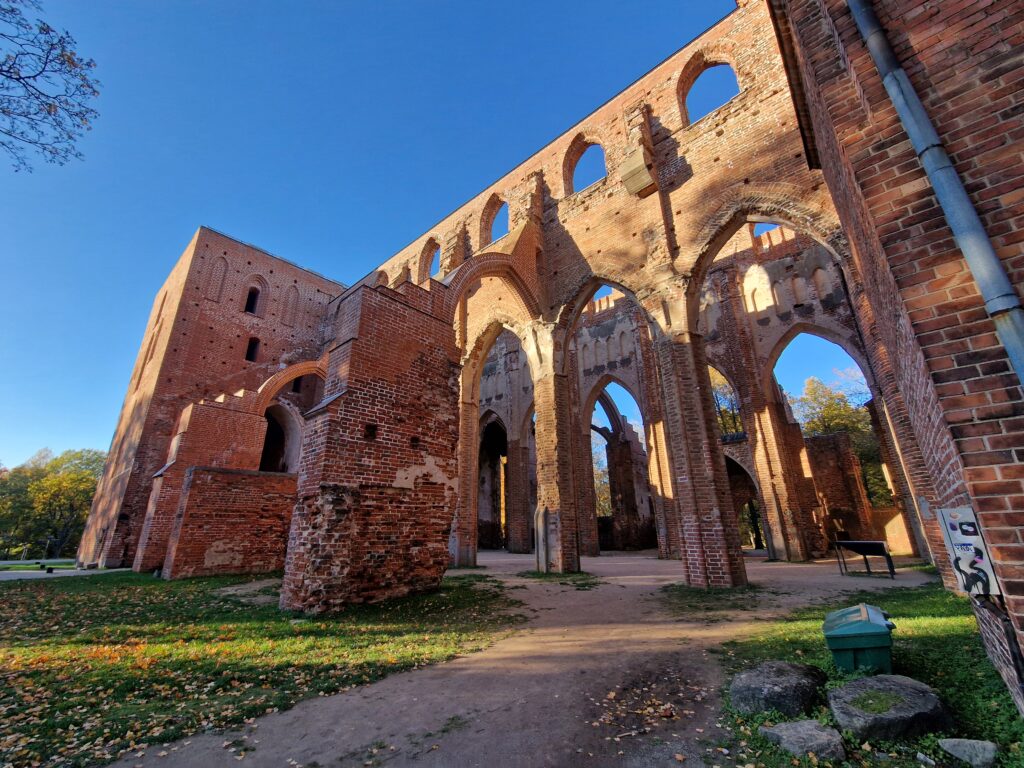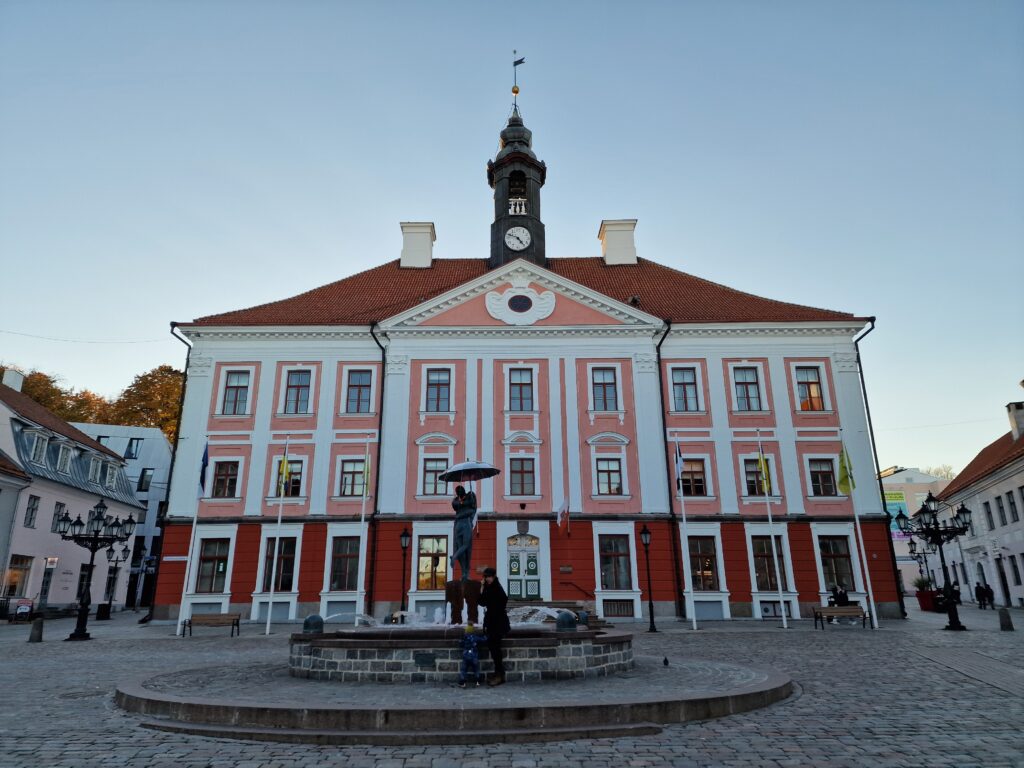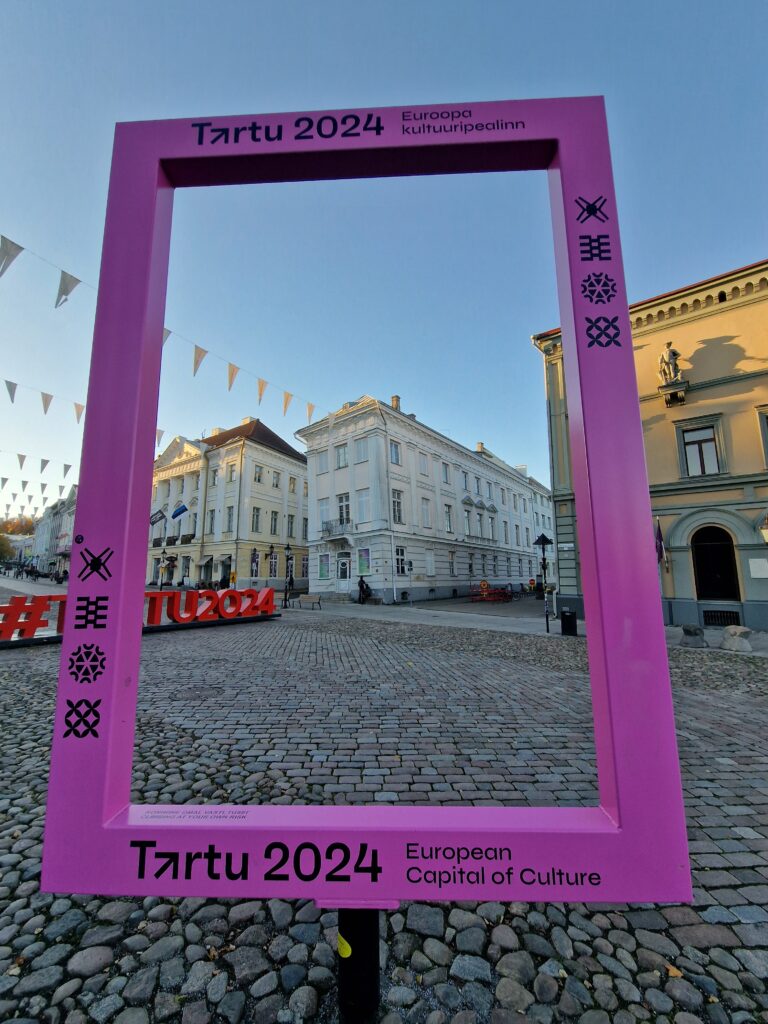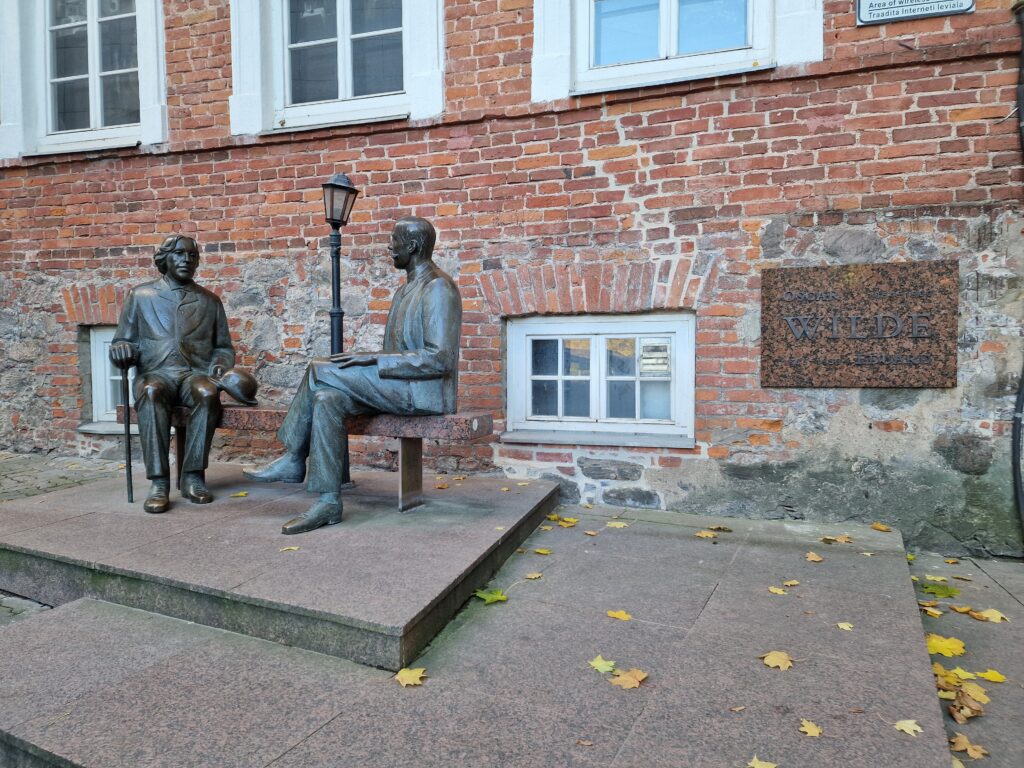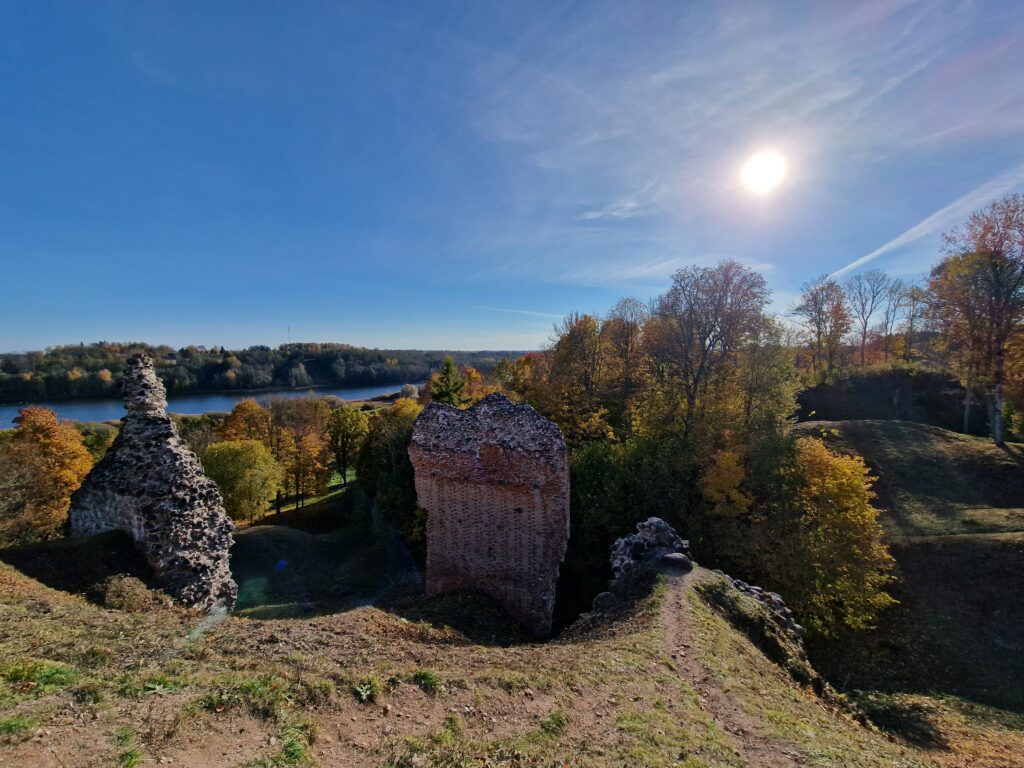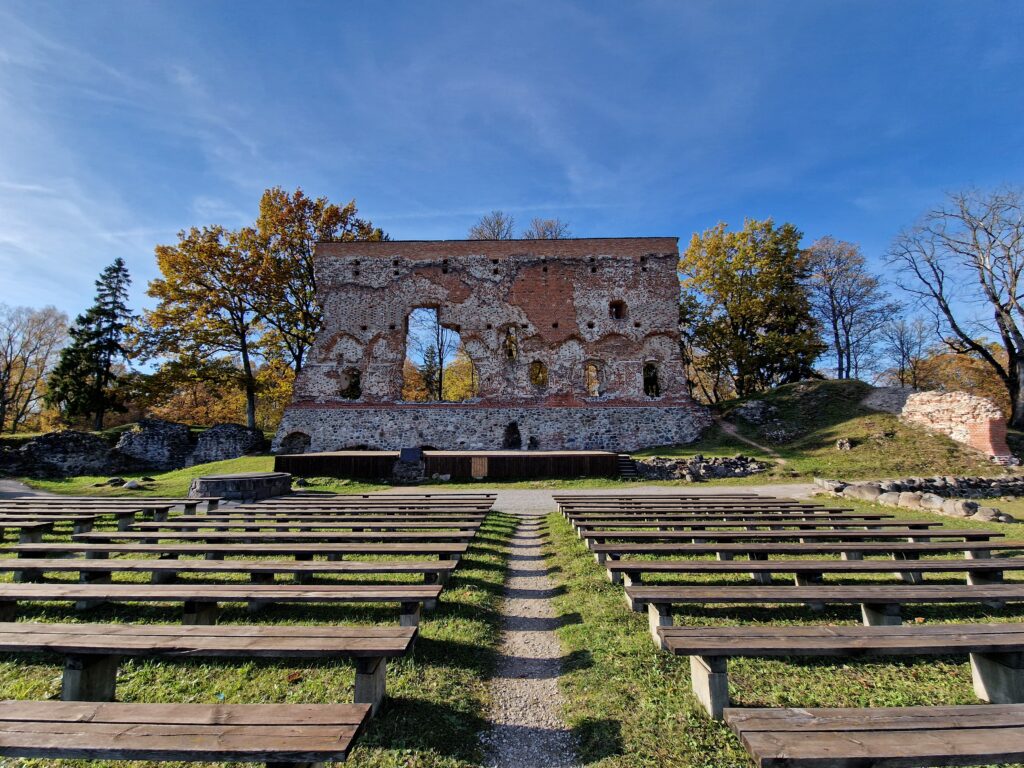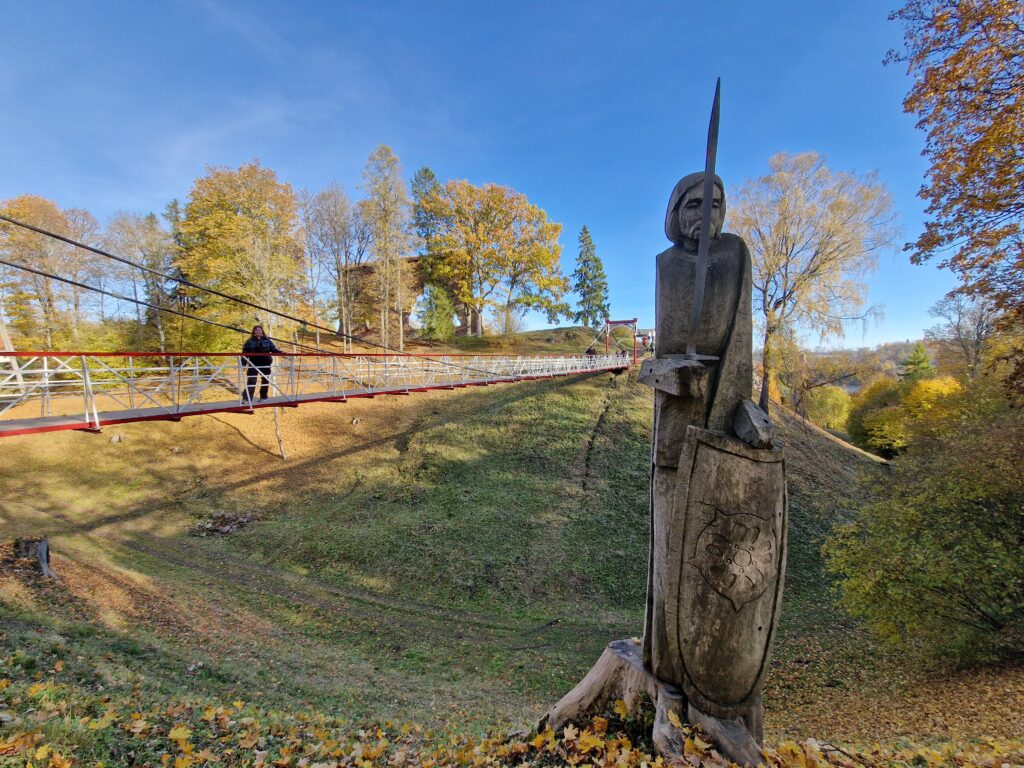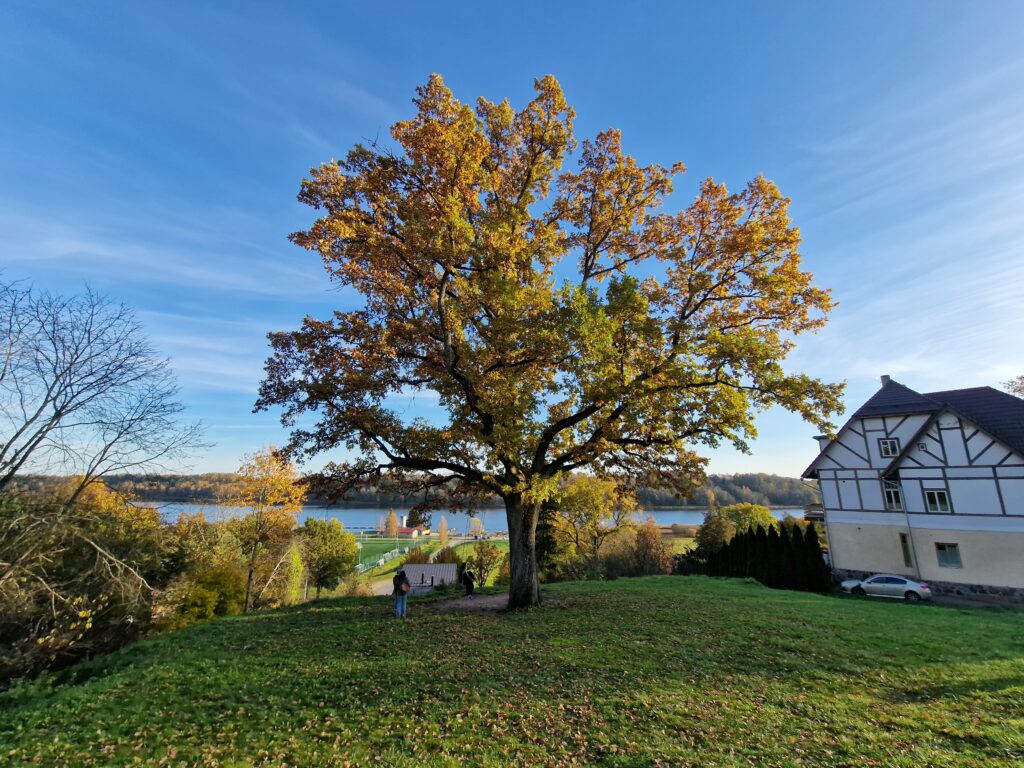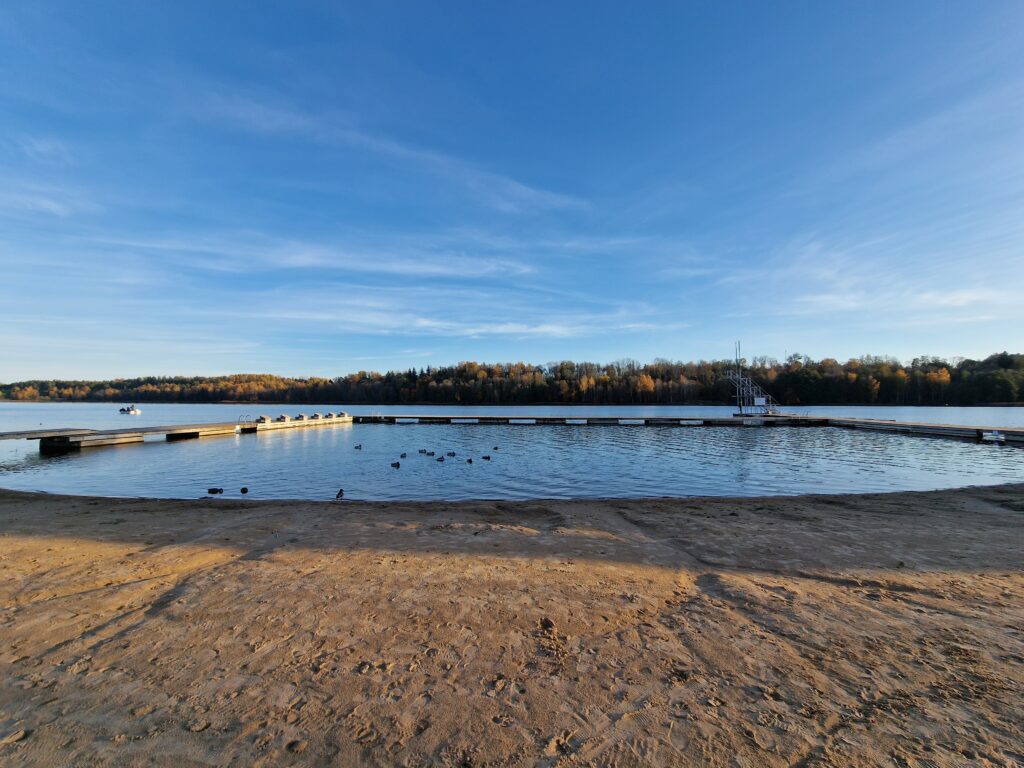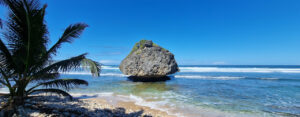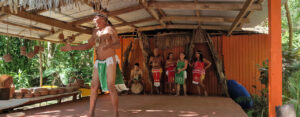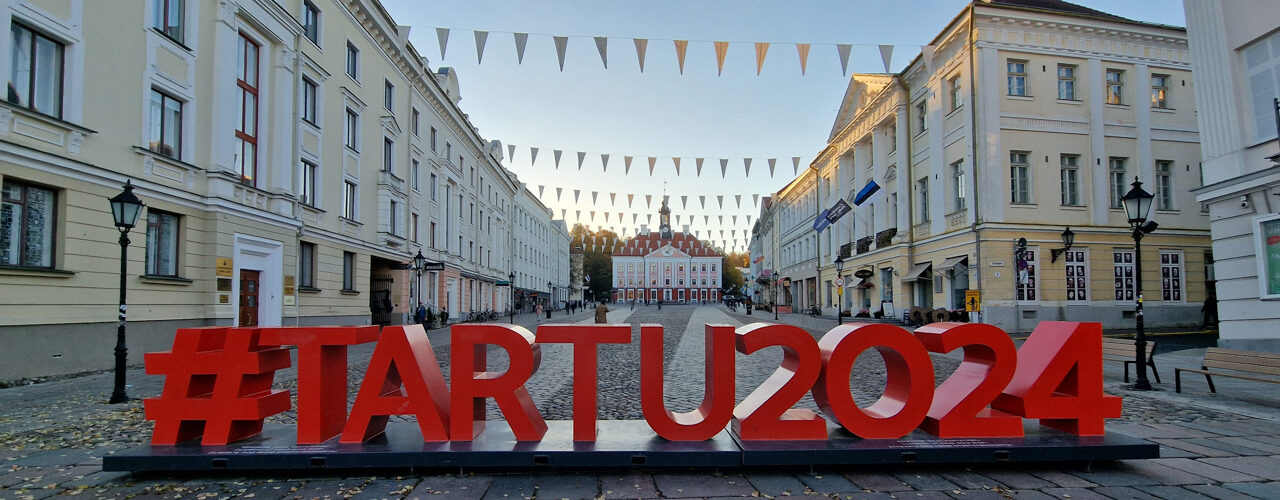
Tallinn It Like It Is
Leaving Narva and the Russian border far behind, we continued the journey southwest towards Tartu, Estonia’s second city. Along the way, Lake Peipus occasionally popped into view, a massive 3,500-square-kilometre expanse of water that once hosted the Battle on the Ice in 1242—a dramatic medieval clash between the Teutonic Knights and Alexander Nevsky’s Russian forces. The road itself switched from smooth tarmac to stretches that rattled Vishnu with enough enthusiasm to dislodge our intestines. And despite every guidebook waxing lyrical about Estonia’s bear population, which is apparently at plague-like levels, the only wildlife we saw were reckless birds intent on testing Vishnu’s windscreen and a very disinterested fox.
Arriving in Tartu, Estonia’s intellectual capital, the city’s character was immediately apparent. The streets were bustling with a mix of locals and visitors, congregating around its cafés, markets, and historical landmarks. At its heart is the University of Tartu, founded in 1632 under Swedish rule, making it one of the oldest universities in Northern Europe. The neoclassical architecture of its main building is spectacular, featuring grand columns and meticulously preserved facades. A short walk away, the University of Tartu Museum offered a deeper dive into the city’s intellectual legacy. Housed in the remnants of a Gothic cathedral, it is both a historical site and a modern exhibition space that skilfully manages to blend its medieval setting with modern displays.
At the centre of Tartu lies Town Hall Square, a wide cobblestone plaza that serves as the city’s social and cultural hub. The square’s fountain, depicting two students locked in an enthusiastic kiss under an umbrella, draws constant attention, particularly from tourists attempting to recreate the pose with varying degrees of success. The evening took an unexpected turn in a nearby Irish bar when we met the family of a half-Welsh, half-Estonian couple set to marry the following day. Conversations about rugby and outrageously long Welsh place names flowed easily and, for a brief moment, we thought we might be rewarded with invites ourselves, but alas, they never materialised. It probably worked out for the best as my white tuxedo was being pressed at the time.
The next morning, the outskirts of Tartu provided an unexpected spectacle. Awaking to find several hundred people gathered around Vishnu was, to put it mildly, concerning. For a brief, caffeine-deprived moment, it seemed like the zombie apocalypse was upon us. Thankfully, the crowd was there for something far more civilised: the demolition of a nearby old boiler house chimney. The structure, a hulking relic of a less sustainable era, had caught our attention the day before as we drove past and casually declared it an eyesore. Less than twenty-four hours later, it was being ceremoniously destroyed, a coincidence that left us feeling unreasonably powerful. The explosion was magnificent, the chimney collapsing in a dramatic heap that sent a collective cheer rippling through the crowd, and also from within Vishnu as we sipped our morning teas.
From Tartu, we travelled deeper into central Estonia to Viljandi, a small tranquil town surrounded by rolling hills and a shimmering lake. We parked Vishnu near the water and set off towards the ruins of Viljandi Castle. Built by the Livonian Order in the 13th century, climbing to its tallest tower offered spectacular views of the town far below. The castle, a mix of crumbling walls and reconstructed walkways, still carried a sense of importance, leading visitors through centuries of medieval life and chivalric tales. Just a short walk from the castle, we came upon Viljandi’s famous suspension bridge. Stretching across a deep ravine, crossing it offered a fresh perspective on the surrounding landscape—a lush panorama of green hills rolling gently toward the glistening lake.
The consistently good weather during our time in Estonia made Viljandi an even better place to wrap up the week. As the sun dipped behind the castle ruins and the lake reflected the evening light, we sat by the shore with a couple of cans of Saku, Estonia’s go-to beer, and looked back on what had been a surprisingly enjoyable stretch of the trip. Tallinn’s medieval streets, Narva’s quiet resilience, Tartu’s cultural buzz, and Viljandi’s peaceful charm—we found ourselves thoroughly enamoured with our first Baltic nation. Next up was Latvia, promising new surprises and, with any luck, beer that didn’t taste like it had been filtered through a medieval well.
J
